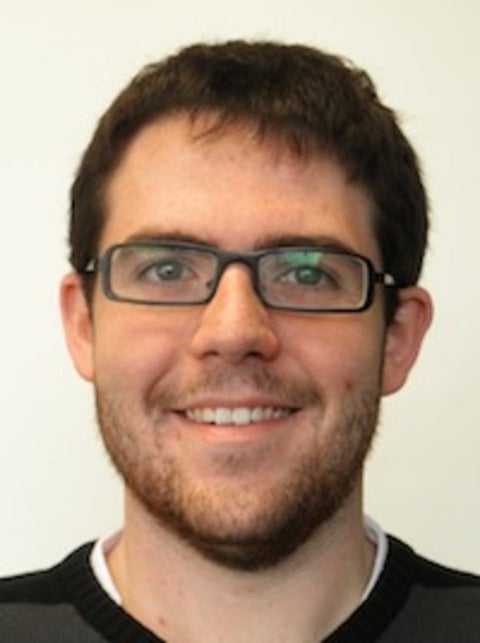Theory of Quantum Information and Computation Seminar: Jon Yard
SIC-POVMs and algebraic number theory
John Yard, Institute for Quantum Computing
SIC-POVMs (Symmetric Informationally Complete Positive Operator-Valued Measures) are certain extremal rank-1 projective measurements corresponding to maximal sets of complex equiangular lines as well as to minimal complex projective 2-designs. They are conjectured to exist in every finite-dimensional complex Hilbert space as orbits of generalized Pauli groups.

 John Donohue of the Department of Physics and Astronomy is defending his thesis:
John Donohue of the Department of Physics and Astronomy is defending his thesis: